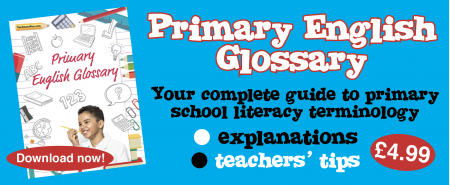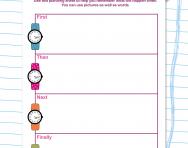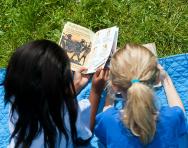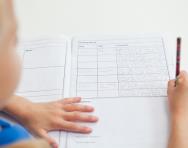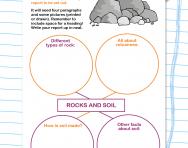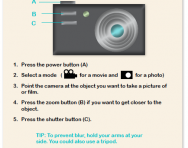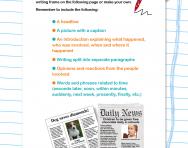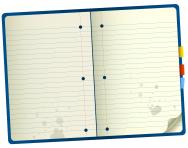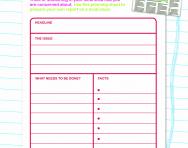What is an information text?
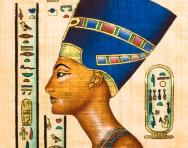
What is an information text?
An information text is a piece of non-fiction writing which gives information about a particular thing (for example: Cleopatra, Ancient Egypt, recycling or volcanoes). Information texts are sometimes called non-chronological reports, because they are giving information about something without mentioning the order in which it happened.
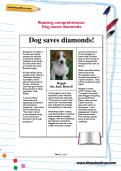
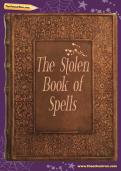
Download brilliant reading comprehension resources
- The Stolen Book of Spells workbook
- PLUS 100s of fantastic reading comprehension worksheets
How are information texts taught in primary school?
Children will usually be asked to research something relevant to their learning, for example: if they are learning about the Victorians in history, they may be asked to research a certain area, such as child labour or Victorian funerals. They will look at various texts and discuss the features:
- main title
- sub-headings
- bullet points
- paragraphs
- pictures and captions.
They will then make notes on their topic, possibly on a spider diagram.
Note-making is an important skill and it cannot be taken for granted that children automatically know how to do it! Teachers will model this skill, by reading a sentence shown on the board and then asking children to say which the most important words are. For example, they might show a paragraph like this:
If a Victorian woman lost her husband she was called a widow. The period of time after her husband's death was called mourning. She would wear black for two years while she was in full mourning. She would then spend a period of six months in half mourning, during which time she would wear grey or lavender clothes.
They might then model note-making in the following way:
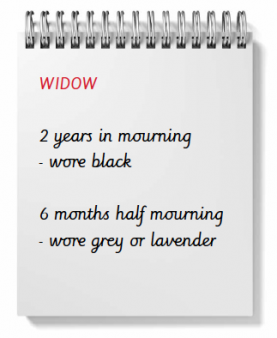
Once children have written notes from various sources, they will write a draft of their information text. Teachers will support them in editing and re-writing this report, by encouraging them to use correct punctuation and sentences that make sense containing connectives.
Children then need to plan and write their 'neat' version. They need to think about the layout, of this, including the main title, what will be in each paragraph, whether there will be a bullet-pointed list and where the pictures and captions will go. Emphasis needs to be placed on designing the report so that the layout is clear and eye-catching.
Looking for more literacy information? We explain all primary non-fiction texts in our parents' guide.

Give your child a headstart
- FREE articles & expert information
- FREE resources & activities
- FREE homework help
